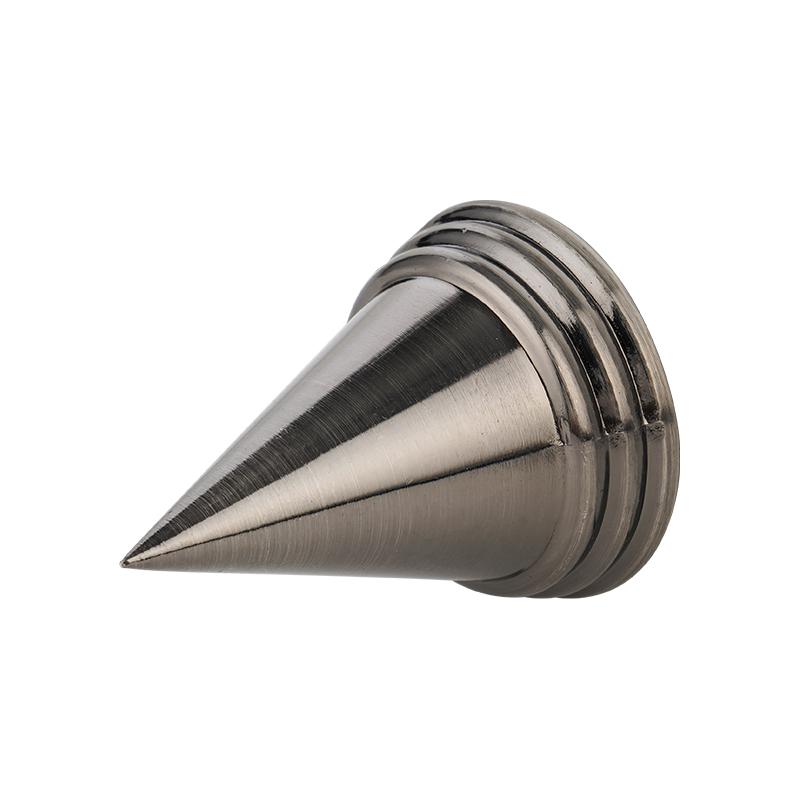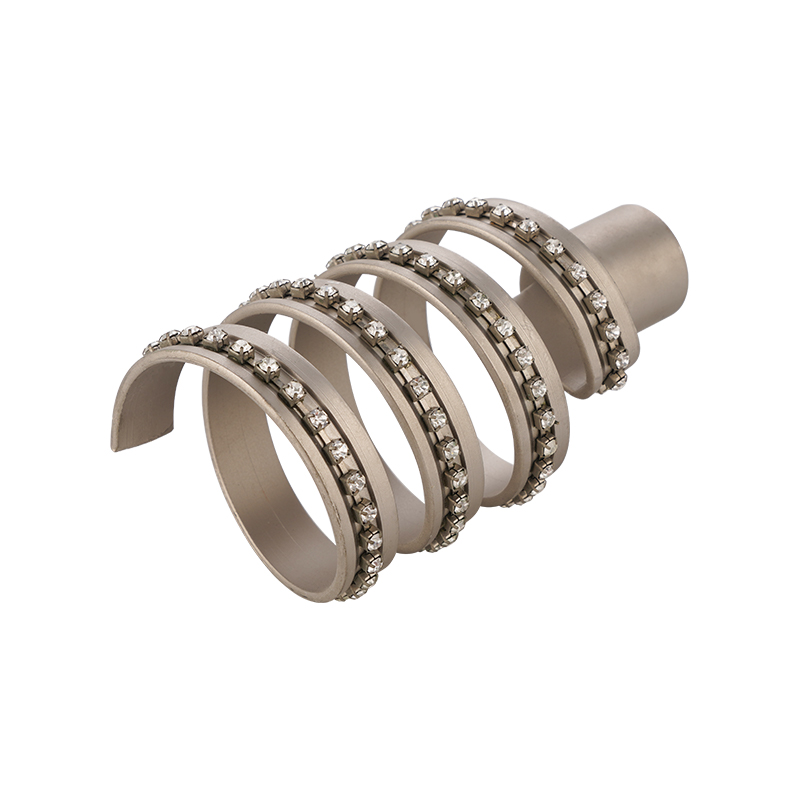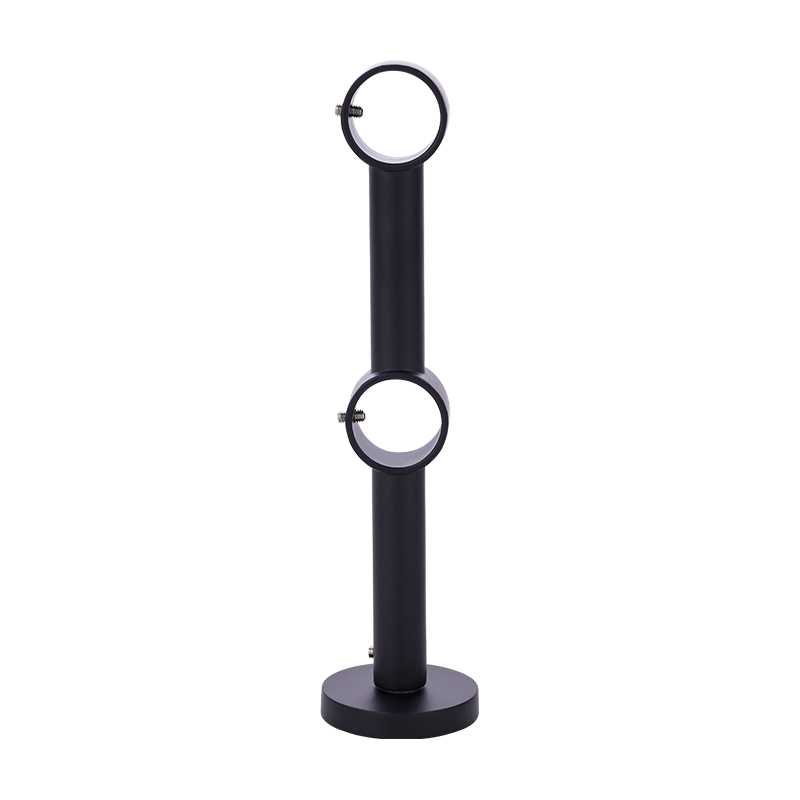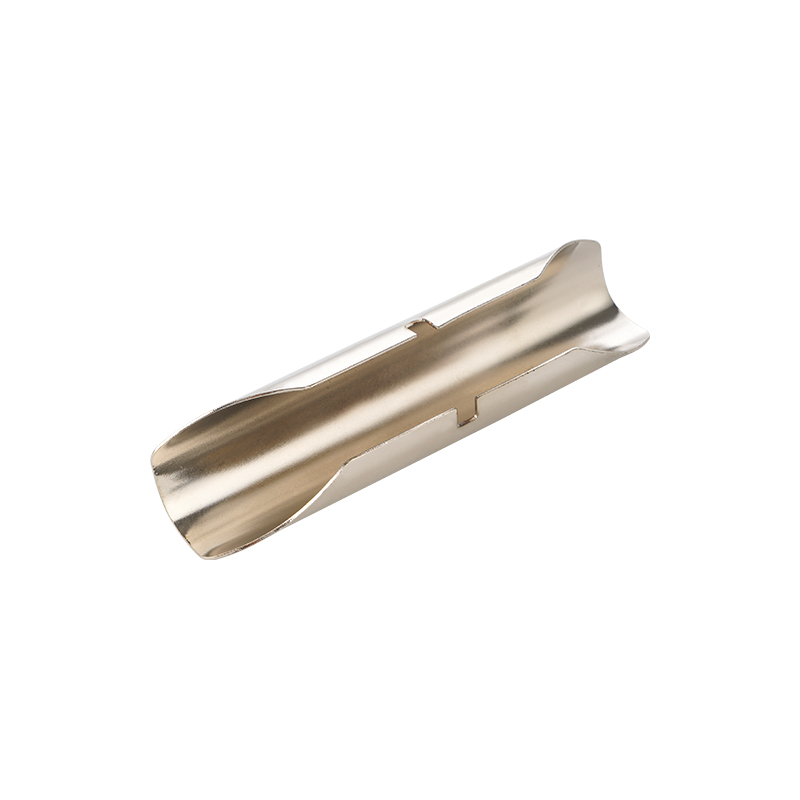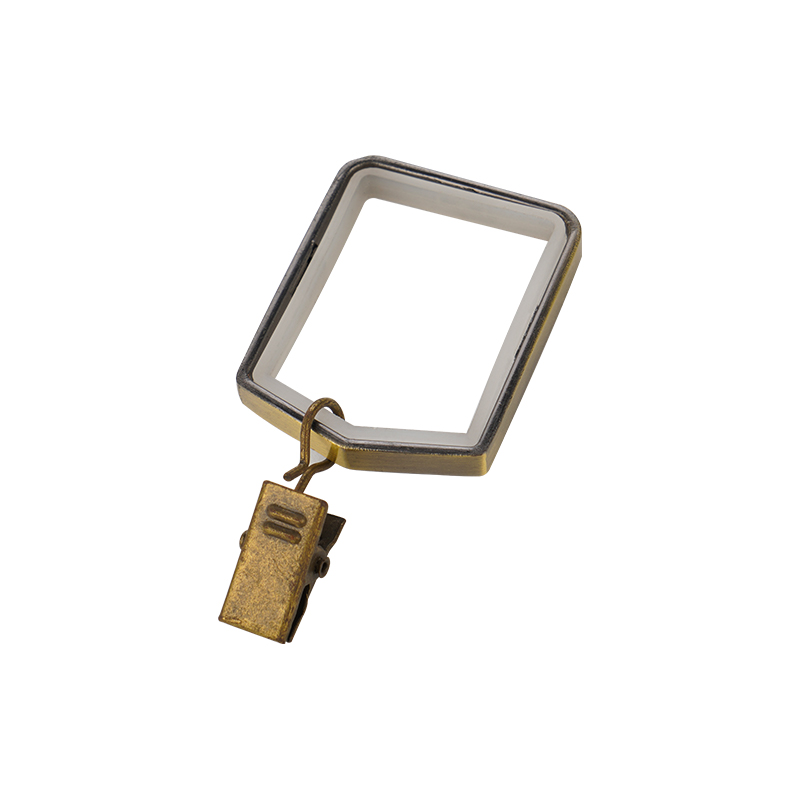Introduction to Curtain Rings
Curtain rings are small yet crucial components that play a significant role in the overall functionality of curtain systems. Typically used to hang curtains on a rod, these rings allow the curtains to slide smoothly along the rod when adjusted. The design, material, and construction of curtain rings have a direct impact on the ease with which curtains move and how long they last in regular use. While often overlooked, the right curtain rings can make a noticeable difference in the sliding effect of curtains, affecting their overall performance, durability, and aesthetics. Understanding how different factors such as the type of rings and the quality of materials influence the sliding mechanism can help in making better choices when installing curtains in various settings.
The Function of Curtain Rings in Sliding Mechanism
The primary role of curtain rings is to support and enable the easy movement of curtains along a rod. These rings typically have an internal hook or clip mechanism that holds the top edge of the curtain in place while allowing the fabric to glide smoothly across the rod. The sliding effect is largely determined by how the rings are designed, the type of material used, and the interaction between the rings and the rod itself. Curtain rings, when chosen appropriately, reduce friction and ensure that the curtains open and close with minimal resistance, making them more user-friendly and functional. Poor-quality or ill-fitting rings can result in jerky movements or even cause the curtains to get stuck, impacting their usability and appearance.
The Impact of Material on Curtain Ring Performance
The material used to make curtain rings can significantly influence how well they facilitate the sliding effect. Curtain rings are available in a variety of materials, including metal, plastic, wood, and even fabric-covered options. Each material has its unique characteristics that can either enhance or hinder the smooth movement of curtains. For example, metal rings, particularly those made from stainless steel or brass, tend to provide a more durable and smooth sliding experience. The surface finish of metal rings, such as polished or brushed, can reduce friction and allow for smoother movement along the rod. On the other hand, plastic rings, while often more affordable, may wear out over time and result in increased friction, leading to a less smooth sliding experience.
Wooden rings, though aesthetically pleasing in certain settings, can sometimes add extra weight to the curtain, making them harder to move. Furthermore, wooden rings may have a rougher surface texture, which can create friction when sliding along the rod. However, with proper maintenance and care, wooden rings can still provide a satisfactory sliding experience. Fabric-covered rings are less common but can be found in some decorative curtain systems. These rings can be relatively smooth but might not offer the same level of durability as metal or plastic options. The choice of material is crucial in determining how easy it is to slide the curtains and whether they will last through frequent use.
Size and Design of Curtain Rings
The size and design of curtain rings can also have a notable impact on the sliding performance of curtains. Curtain rings must be appropriately sized to match the diameter of the curtain rod. Rings that are too small may create excessive friction, while rings that are too large can cause instability, causing the curtains to hang unevenly. Additionally, the design of the ring itself plays a role in how well the curtain slides. Rings with ball bearings or built-in rollers tend to offer a smoother and more controlled sliding experience. These types of rings reduce the amount of friction and provide a more fluid movement as the curtain is opened and closed. Without such features, standard rings may not glide as easily, and the curtain may require more effort to slide, leading to wear and tear over time.
The Influence of Curtain Rod on Sliding Performance
The type of curtain rod used in combination with curtain rings can also have a significant effect on the sliding performance. Curtain rods come in various materials, such as wood, metal, or plastic, and the surface texture of the rod can interact differently with the curtain rings. A rod that is rough or has an uneven surface may create friction against the rings, leading to jerky movements. In contrast, a smooth, well-finished rod with a uniform surface will allow the rings to glide more freely, reducing resistance and promoting smoother sliding. Additionally, the diameter of the curtain rod must match the inner diameter of the rings to ensure that the rings can move freely without getting stuck or obstructed. Choosing the right rod and ensuring compatibility with the curtain rings is essential for achieving optimal sliding performance.
The Role of Curtain Weight in Sliding Action
The weight of the curtain itself plays a critical role in how well the curtain rings perform. Heavier curtains, such as those made of velvet or thick thermal fabrics, can put additional strain on the curtain rings and rod, affecting how smoothly the curtains slide. Heavier curtains may require more durable rings, such as those made from metal, and possibly a stronger, more robust curtain rod to accommodate the weight. On the other hand, lighter fabrics like cotton or linen tend to slide more easily, placing less stress on the rings and allowing for smoother movement. Choosing curtain rings that are designed for the specific weight of the fabric is important to ensure long-lasting and efficient sliding performance.
Friction and Lubrication: Essential Factors for Smooth Sliding
Friction is a key factor in determining how smoothly curtains slide along their rod. The less friction between the curtain rings and the curtain rod, the easier it will be to open and close the curtains. Over time, the rings may accumulate dust, dirt, or debris, which can increase friction and make the curtains harder to move. Regular maintenance, such as cleaning the rings and rod, can help reduce this friction and ensure smoother sliding. In some cases, applying a lubricant specifically designed for curtain rings can further reduce friction and improve the sliding effect. Lubricants such as silicone sprays are often used to maintain the smooth movement of the rings without causing damage to the materials or attracting dust. Proper care and maintenance of both the curtain rings and the rod can significantly enhance the overall sliding experience.
Types of Curtain Rings and Their Sliding Efficiency
There are several types of curtain rings available, each with different mechanisms and features that affect their sliding efficiency. Standard curtain rings are simple rings with a hook or clip to attach the curtain, but these do not have any specialized features to reduce friction. Ball-bearing curtain rings, on the other hand, have small ball bearings inside the ring that allow it to move more freely along the rod. These are often preferred for their smoothness and durability, especially in high-traffic areas where the curtains are opened and closed frequently. Roller rings, which incorporate small rollers or wheels, also provide an easy and smooth sliding experience by minimizing friction between the ring and the rod. These rings are commonly used in heavier curtain systems, where smooth sliding is essential to prevent strain on both the curtain and the hardware.
Maintenance and Longevity of Curtain Rings
The longevity and performance of curtain rings depend on how well they are maintained. Rings that are exposed to harsh conditions, such as high humidity or constant sunlight, may deteriorate more quickly, leading to rust, corrosion, or warping. Regularly inspecting and cleaning the rings can prevent the buildup of grime, which can impair their sliding action. For metal rings, it’s important to check for signs of rust or wear, which can cause roughness and hinder the movement of the curtains. For plastic rings, the buildup of dirt or oil can cause the rings to become sticky and difficult to slide. Ensuring that the rings remain clean and properly lubricated can extend their lifespan and maintain the smooth sliding action over time.
Comparison of Curtain Ring Types and Their Sliding Efficiency
| Ring Type | Material | Sliding Efficiency | Best For |
|---|---|---|---|
| Standard Ring | Metal/Plastic | Moderate | Light to medium weight curtains |
| Ball-Bearing Ring | Metal | High | Frequent use, heavier curtains |
| Roller Ring | Plastic/Metal | Very High | Heavy curtains, smooth sliding |
| Wooden Ring | Wood | Low to Moderate | Decorative use, light curtains |
Conclusion
In conclusion, curtain rings play a critical role in determining the smoothness and efficiency of the sliding action of curtains. The material, design, size, and compatibility with the curtain rod all contribute to how easily the curtains can be opened and closed. By choosing the appropriate curtain rings based on the type of fabric, weight, and the intended use, homeowners and businesses can ensure that their curtains function properly and maintain their aesthetic appeal over time. Regular maintenance, such as cleaning and lubrication, is also important to preserve the performance of the rings and prevent any unwanted friction. Ultimately, selecting the right curtain rings is key to achieving an efficient and hassle-free sliding experience.




